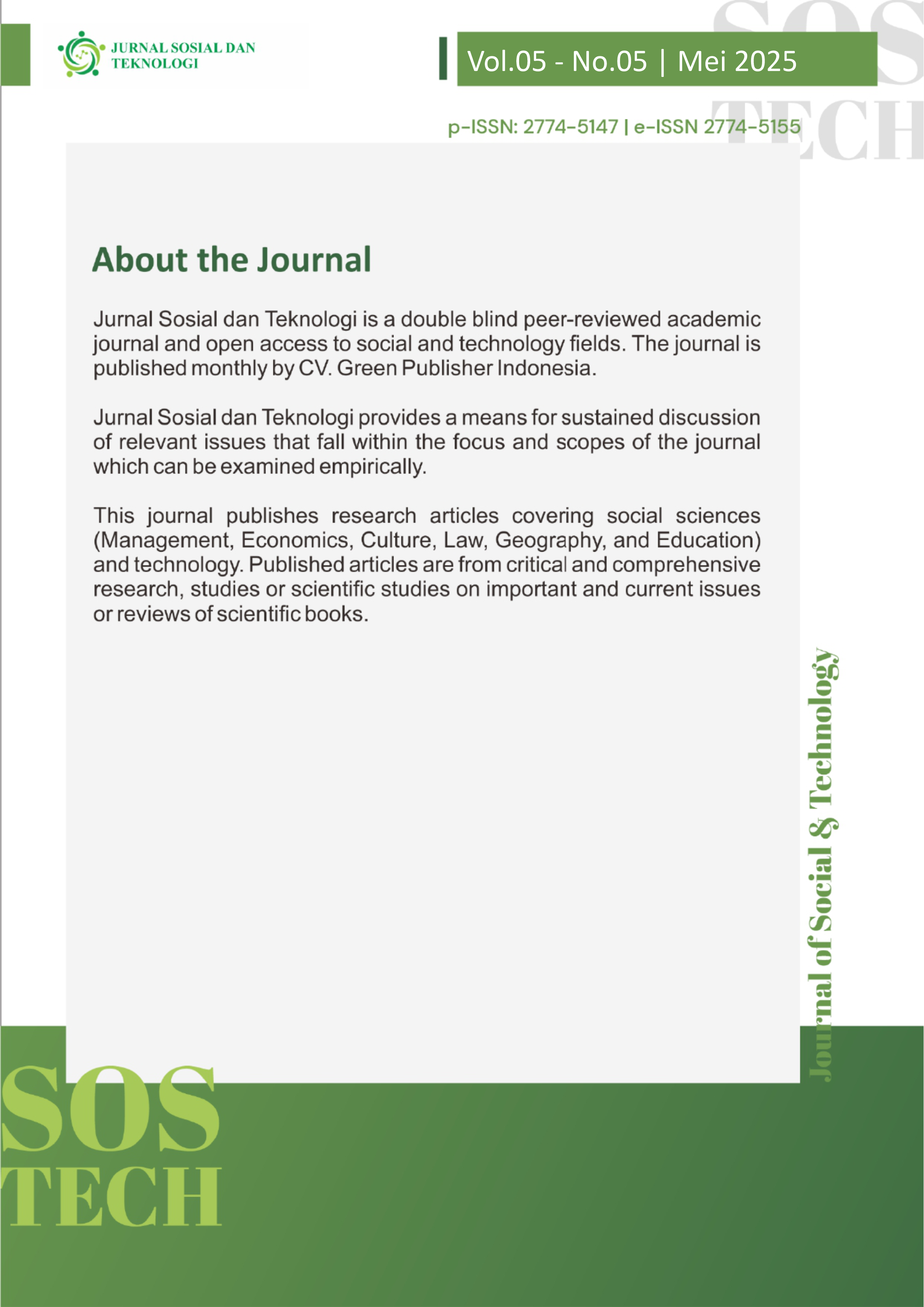Representasi Kekerasan Pada Remaja Di Amerika Serikat (Analisis Semiotika Roland Barthes Pada Film Scream Vi )
DOI:
https://doi.org/10.59188/jurnalsostech.v5i5.32119Keywords:
Violence, revenge, semiotics, horror filmsAbstract
Movies as mass media not only serve as entertainment, but also represent social phenomena. This study analyzes the meaning of violence in the film Scream VI using Roland Barthes' semiotic method with a qualitative approach and representation theory. The results show that violence in Scream VI is represented through three main aspects: physical violence in brutal murder as a form of revenge, psychological violence due to repeated trauma and fear, and myths that build the narrative that violence is a form of self-defense and a way to get justice. The film also shows how emotionally wounded individuals are caught in a cycle of revenge. This research contributes to the study of communication and media by providing insights into the representation of violence in horror films as well as its impact on adolescents. These findings can serve as a reference for academics, film critics, and policymakers in understanding the influence of media on public perception.
Downloads
Published
How to Cite
Issue
Section
License
Copyright (c) 2025 Rani Widya Puspita, Yuri Alfrin Aladdin, Nuriyati Samatan

This work is licensed under a Creative Commons Attribution-ShareAlike 4.0 International License.
Authors who publish with this journal agree to the following terms:
- Authors retain copyright and grant the journal right of first publication with the work simultaneously licensed under a Creative Commons Attribution-ShareAlike 4.0 International (CC-BY-SA). that allows others to share the work with an acknowledgement of the work's authorship and initial publication in this journal.
- Authors are able to enter into separate, additional contractual arrangements for the non-exclusive distribution of the journal's published version of the work (e.g., post it to an institutional repository or publish it in a book), with an acknowledgement of its initial publication in this journal.
- Authors are permitted and encouraged to post their work online (e.g., in institutional repositories or on their website) prior to and during the submission process, as it can lead to productive exchanges, as well as earlier and greater citation of published work.







